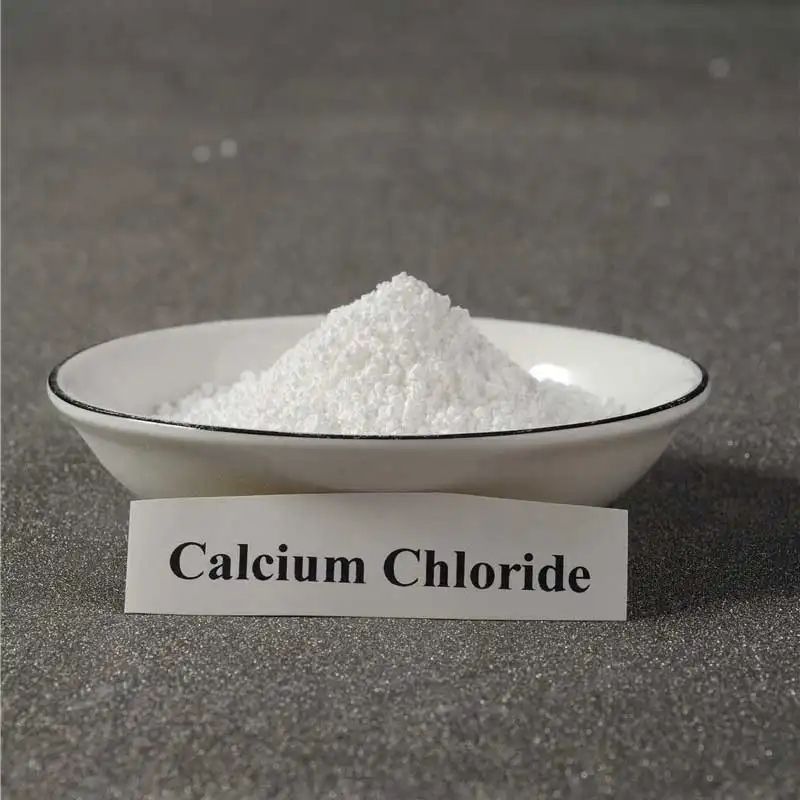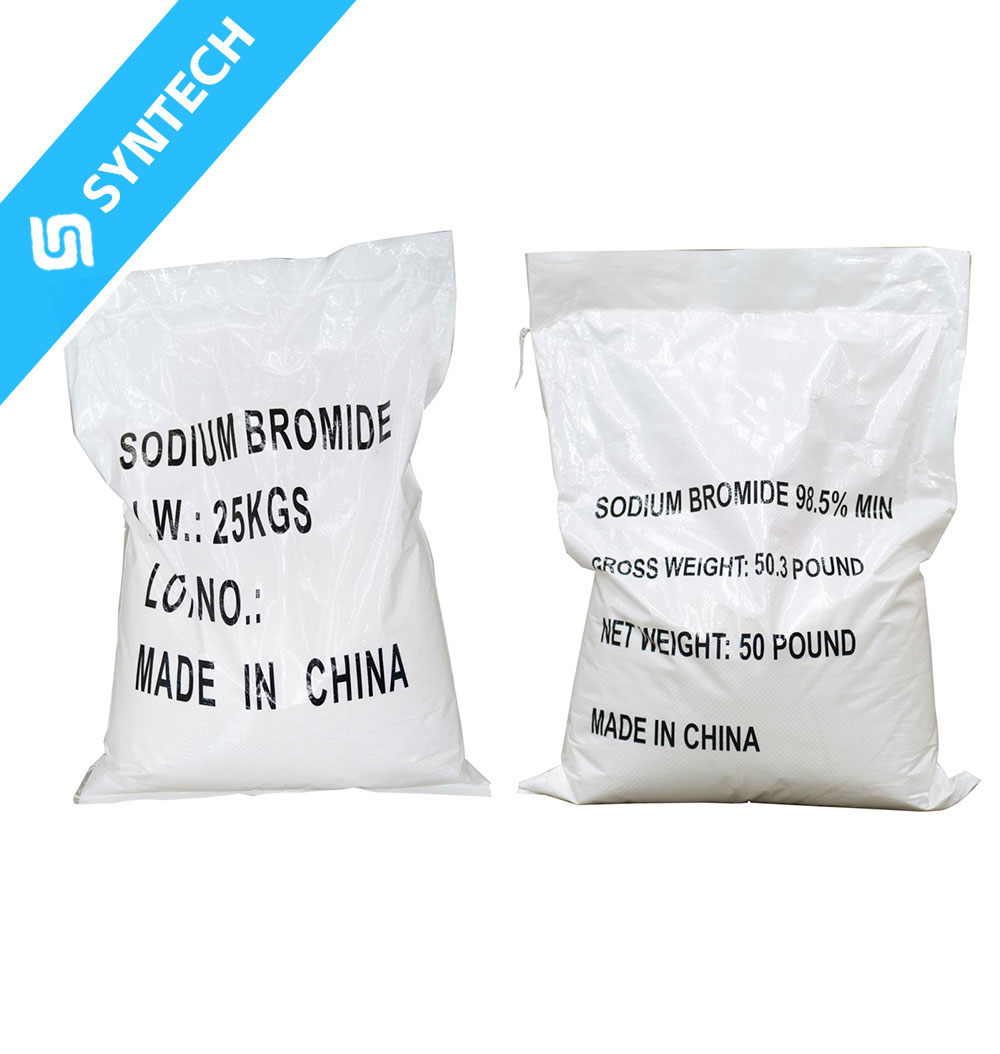Calcium Bromide (CaBr₂) is a cornerstone chemical in the formulation of high-performance drilling, completion, and workover fluids within the oil and gas industry. Its unique properties make it an indispensable solution for managing challenging well conditions safely and efficiently.
1. The Key Roles of Calcium Bromide in Drilling Fluids
Calcium Bromide is primarily used to formulate high-density, clear brine fluids. Its value stems from the following critical functions:
A. Primary Function: Density Control and Well Control
- Hydrostatic Pressure: The single most important role of CaBr₂ is to increase the density of the aqueous phase (brine) used in drilling fluids. By creating a heavy brine, it generates significant hydrostatic pressure in the wellbore.
- Kick and Blowout Prevention: This hydrostatic pressure is the primary barrier against “kicks,” where formation fluids (oil, gas, or water) under high pressure flow unexpectedly into the wellbore. By counterbalancing these formation pressures, CaBr₂ brine is essential for preventing blowouts, ensuring well control, and maintaining safe drilling operations.
B. Formation Damage Prevention
- Solid-Free System: Unlike traditional clay-based “mud” systems, CaBr₂ brines are clear liquids containing no insoluble solid particles.
- Reservoir Protection: When drilling into the productive reservoir zone (the “pay zone”), solid particles from a conventional mud can invade and plug the tiny pore throats of the rock, severely reducing its permeability and thus, its ability to produce oil and gas. The solid-free nature of CaBr₂ brines minimizes this type of formation damage, maximizing hydrocarbon recovery.
C. Shale Stabilization
- Inhibition: The high concentration of calcium ions (Ca²⁺) in the brine provides an inhibitory effect on water-sensitive shale formations. Calcium ions help to suppress the hydration and swelling of clay minerals within the shale, which can cause wellbore instability, hole collapse, or stuck pipe.
D. Crystalizable Temperature (CCT) and Freeze Point
- Cold Environment Performance: Calcium Bromide brines have a high Crystalizable Temperature (CCT), meaning they remain in liquid solution at very low temperatures. This property is crucial for operations in cold climates, such as offshore or arctic regions, where other brines might freeze or crystallize, causing operational issues.
2. Efficient Application and Engineering Solutions
The effective use of Calcium Bromide is not merely about adding it to water; it involves careful engineering and management.
A. Density Engineering and Blending
- Density Range: CaBr₂ is typically used to achieve fluid densities in the range of 1.36 to 1.80 g/cm³ (11.3 to 15.0 lbs/gal). It is often used in a density “gap” between Calcium Chloride (CaCl₂, lighter) and Zinc Bromide (ZnBr₂, heavier and more corrosive).
- Brine Blending: For optimal cost and performance, CaBr₂ is frequently blended with other salts:
- CaBr₂/CaCl₂ Blends: Used for medium-density requirements. This reduces the overall cost while maintaining adequate inhibition.
- CaBr₂/ZnBr₂ Blends: Used for the highest density requirements (up to ~2.30 g/cm³ or 19.2 lbs/gal). Using CaBr₂ as a base reduces the proportion of more expensive and corrosive ZnBr₂ needed.
B. Corrosion Management
- Oxygen Scavenging: While less corrosive than ZnBr₂, CaBr₂ brines are still susceptible to corrosion, especially in the presence of oxygen. Standard practice involves the use of oxygen scavengers (e.g., ammonium bisulfite) and liquid corrosion inhibitors to protect the drill pipe and casing.
- pH Control: Maintaining the brine pH in the alkaline range (typically 8.5-10.5) is a fundamental and effective method to minimize corrosion rates.
C. Filtration and Solids Control
- Cleanliness is Key: To preserve the “solid-free” advantage, the brine must be kept clean. This is achieved through:
- Filtration Units: Using cartridge filters or other solid-control equipment to remove any drilled solids or contaminants that enter the fluid system.
- Good Housekeeping: Preventing the introduction of external solids during mixing and handling.
D. Hydrate Suppression in Deepwater Drilling
- Thermodynamic Inhibitor: In deepwater environments, low seabed temperatures and high pressures create a risk of natural gas hydrate formation, which can plug the blowout preventer (BOP) and riser. The dissolved ions in CaBr₂ brine disrupt the formation of hydrate crystals, acting as an effective thermodynamic inhibitor and enhancing operational safety.
E. Economic and Environmental Considerations
- Cost-Effectiveness: Although more expensive than CaCl₂, CaBr₂ offers a superior cost-to-performance ratio for its specific density range compared to ZnBr₂.
- Handling and Disposal: As a halide, its environmental impact must be managed. Spent brines often require controlled disposal or recycling, and personnel must use proper PPE due to its hygroscopic nature.






